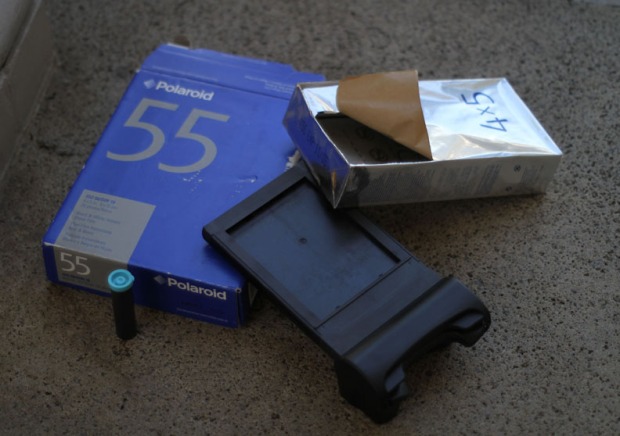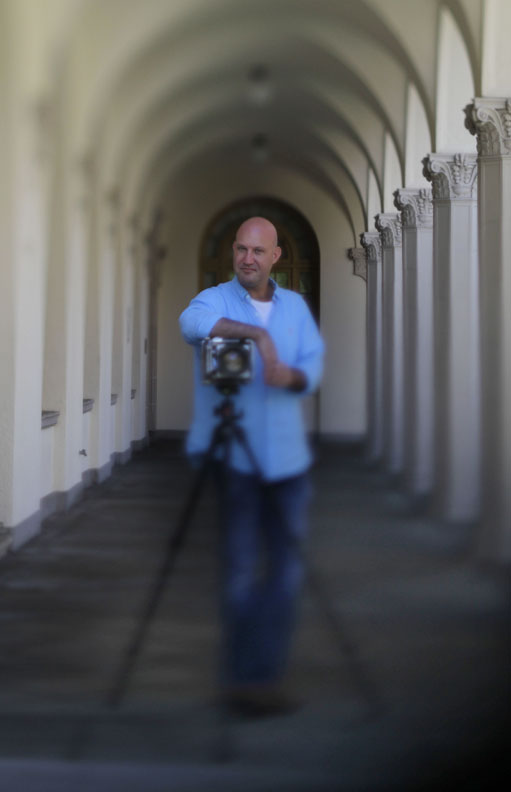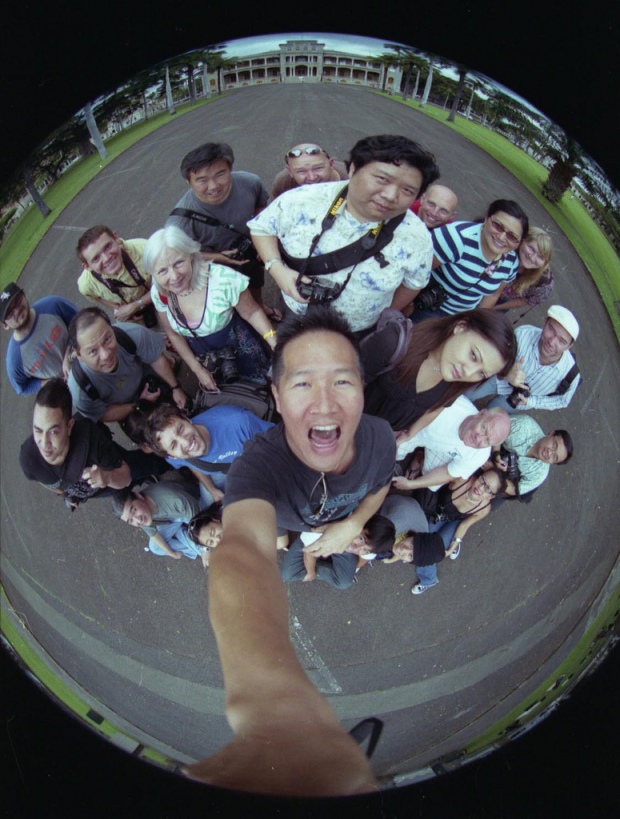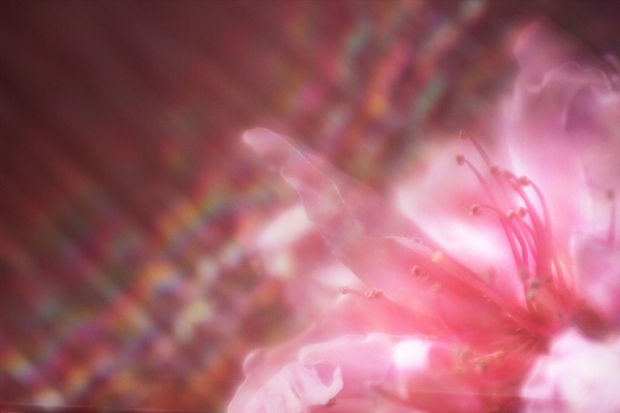wow factor

while out scouting for locations for fireworks, one needs to think creatively. many photographs of fireworks have been made up to now and one cannot predetermine how large the display is, especially since once you’re committed to choosing your area, you will likely be seated mat to mat. as i reiterated before, background, background background. in this case, the fireworks will create the background, the key is create an image that tells the viewer about the unique place. as in this case, coconut trees work well to immediately tell the viewer, we’re in hawaii.
luck is a factor too. as you can’t control what’s happening in front of your lens. for fireworks i love water, for the matter, i love water on the ground. in night photographs, the water acts as a giant reflecting mirror. in hollywood, they often will wet down large areas for night shots/scenes. look carefully in your next movie. this was low budget, so i just looked for a place that would offer water for free.
d-max is a also a factor. in film, density maximum. in digital, the sensor can only handle so much. u can control it via your aperture, but depending on the brightness of the fireworks and the ambient light, u need some balance. if u close down your aperture too much, you lose your ambient light. so, toggle and balance your f/stop (aperture), time (bulb) and ISO. also, a key point, while the exposure is being made, i also wave my hands in front of the lens. yes, you heard right. in printing its called dodging. i ‘dodge’ while the exposure is being made, to lessen the burn or strong high lights. sometimes is works, sometimes not.

one year i wanted to work on the reflection. below is a panoramic format image. with more water. one could explore reflections, likely my next foray !
Happy fourth ! be safe !

one always seeks to make the next day, next image and next years photographs better. in this case, dealing with the same location. i’d like to set up remote camera, same location and paint w/ flash the coconut trees. also would like to make portraits with this fabulous background. any volunteers ?







































